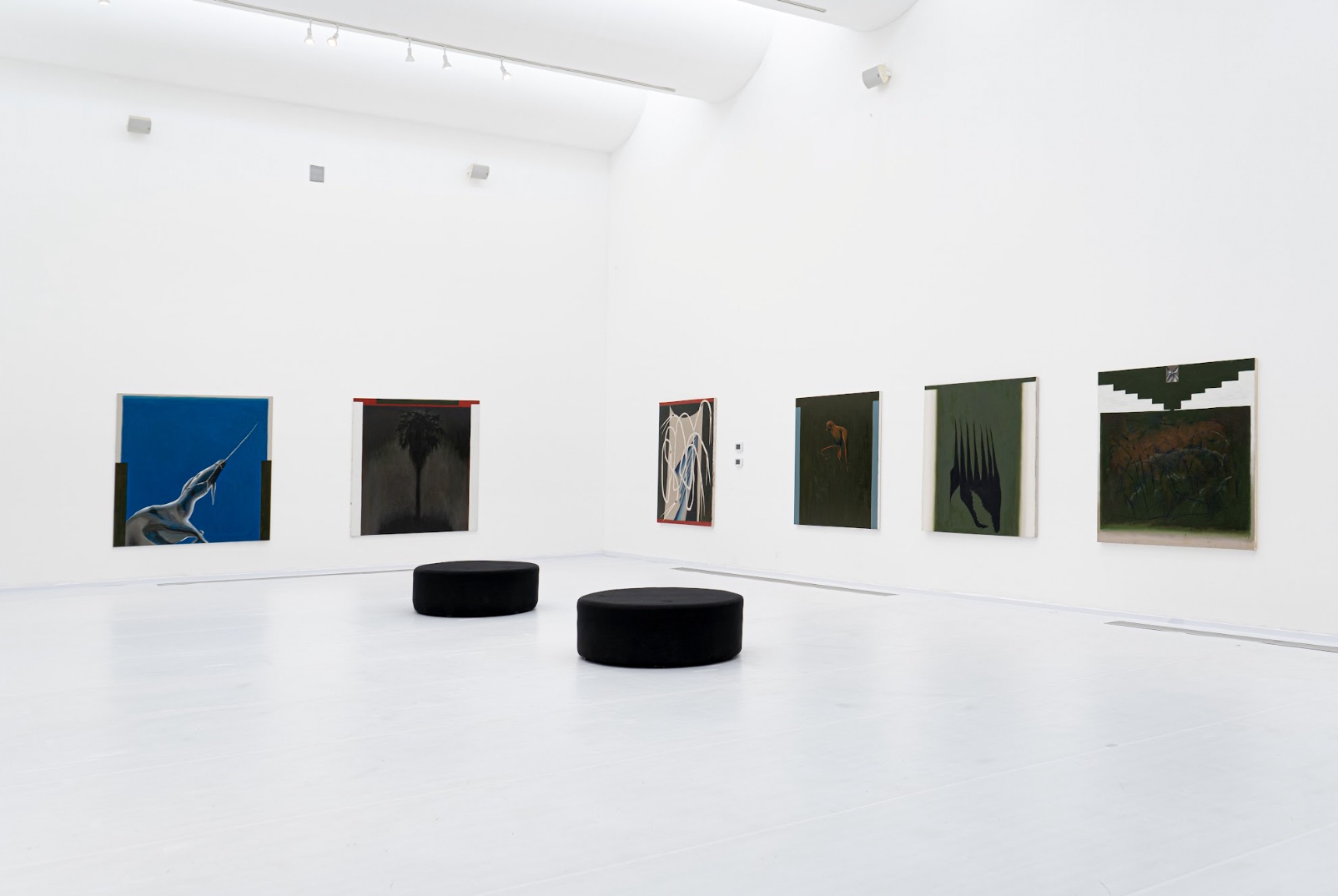
Luis Figueroa
Soñé con el calor de un eco
Exhibition
-> Nov 9 2023 – Feb 4 2024
Centro Cultural Plaza Fátima presents a solo show by Luis Figueroa: Soñé con el calor de un eco, a project curated by Manuel Sentíes.
When a painting speaks to us, it speaks the time, the memory, the imagination, the whole body; its word is a fleeting origin, shifting, the flooded body. Because it does not crystallize in words, but protects its power prior to the statism of a grapheme, still as a vital node in which the realities of the world are conjured.
I suspect that this particular relationship of painting-especially color-with language is due to the fact that both share an essential sense of engagement: Both are ultimately ungraspable and yet able to support the walls in which we can conceive their overflow. Language and painting, I believe, are the possibility of life´s metabolism and that of ourselves. This means that, both painting and language, awake human processes that are much broader and more mysterious than those we can understand in a semiotics of the text. They appeal to the vibratory character of being in an order of immense amplitudes that operate in resonances and repercussions, as Bachelard taught us and Luis has apprehended well.
From here, we can then appreciate Luis Figueroa's paintings as exercises that invoke this potential. Aware of the transdimensionality of painting, he seeks -and the search understood as a feat- that his work gains lucidity in the crossing of borders; in the first and last instance: that of the inside and the outside. Thus, the paintings behave as essays of an extensive ontology, a metabolic ontology whose limits are blurred in the constant effort to find its conception, and for this, Luis places himself where he can be traversed by the flow, the moment in which color and form merge into each other and the spectral space of painting is inaugurated: a sort of vibratory potential, whose dynamic is to absorb and return, keeping us at the threshold of our perceptual faculties, similar to a dream...? Color fields that are not areas but territories, strips that support verticals but are not columns, spaces to be opened, motifs that are not icons but shapes in formation. This is how painting is assumed as a pulsation that breathes, penetrates the skin and becomes heat, the heat of an echo that is dreamed while painting.
— Manuel Sentíes